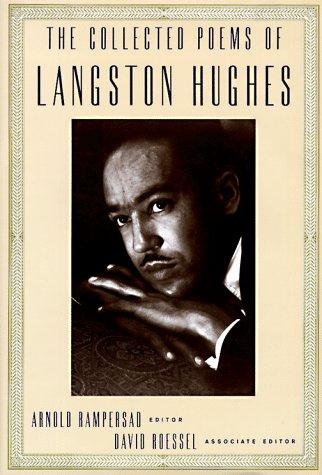Thoughts on reading The Ballad of the Landlord by Langston Hughes.

Langston Hughes served as the preeminent poet of the Harlem Renaissance, the Black intellectual, social, and artistic movement of 1920’s America. Hughes was devoted in his poetry to chronicling the modern Black American experience. Hughes’ “Ballad of the Landlord’’ is a quidisential poem in that regard, addressing in parallel the individual Black American experience and the more abstract relationship between Black and White America. Hughes’ precise commentary serves to display the daily troubles that Black Americans face, while also recognizing that for many in America, the success of Black America is not something to be celebrated, but rather a threat to one’s current way of life. Hughes tackles these two themes admirably in the “Ballad of the Landlord’’, addressing both the individual and societal challenges posed to Black America.
“Ballad of the Landlord” at the highest level is a poem about a tenant who is full of indignation caused by the willful neglect of a landlord. The tenant is irate: forced to live with a leak in their roof, broken steps, and the threat of eviction. Furthermore, the requests of the tenant are disregarded by the landlord, who sees the tenant as nothing more than a profitable asset in a business venture. The tenant is left with nothing but to threaten the landlord with violence, to which the landlord responds with a plea to the police and the poem ends. This story is of course a story told too often in Black America, a story of neglect and abuse by those in power. At this level, “Ballad of the Landlord” is a beautiful poem about the daily hardships faced for Black Americans. But the poem had a dual meaning, serving as an allegory of the history of Black America. In this reading of the poem, the landlord is privileged White America, an America that prospers and effortlessly profits off the labor of racial and class minorities, just as the landlord collects rent. The leak in the roof and broken staircase represent the toils and hardships of unprivileged America, who is continually beat down and asked for more. For this abused America, the cycle of exploitation can only end in one way, through revolution, by any means necessary. But this threat of revolution is just the cover the privileged need, as they cry out for help, claiming the revolt of the neglected is merely an agent of chaos and a threat to normalcy, a normalcy where few are benefited yet many support. Thus, the meaning and theme of the story is perfectly maintained when the landlord is replaced by the rulers of America and the tenant is replaced by the racially and class oppressed minorities in America.
“Ballad of a Landlord” draws distinct parallels between the modern Black American experience and the history of Black America, weaving the two together in a beautiful and compelling poem. Hughes uses his pulpit as an influential artist to critique the absurdities of American racial life, with “Ballad of a Landlord” being a perfect example of this paradigm.